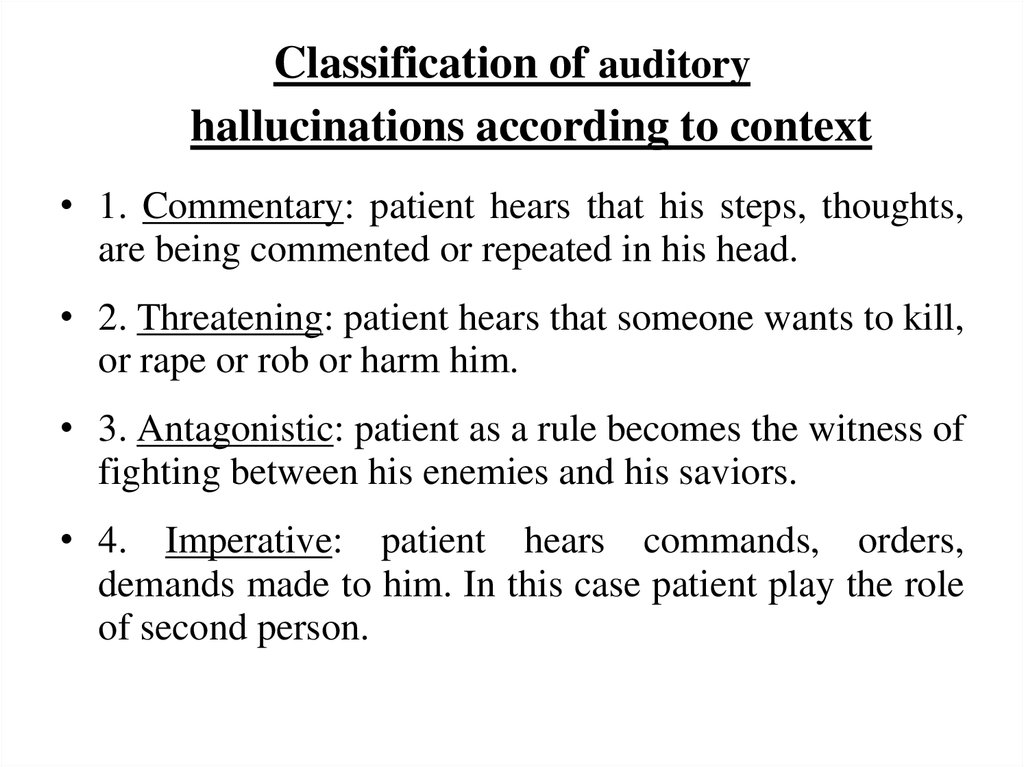
The main source of testimony is an Internet questionnaire study, which we conducted in collaboration with colleagues.

However, we also draw upon first-person testimonies, in order to illustrate and provide further support for some of our claims. We develop a phenomenological account of anxious anticipation, one that is both independently plausible and compatible with various empirical findings concerning VHs.

Our case throughout is principally philosophical. We conclude by briefly examining how our personal-level account ties in with subpersonal theories. Others, we concede, require different explanations. Our account captures those VHs that are experienced as internal in origin and as lacking in auditory properties. 3 We will show how this serves to clarify what Stephens and Graham (2000) call the “alien quality” of VHs, something that is not always attributable to their seeming to originate in the external environment or to their having sensory properties much like those of veridical perceptions. Our central claim is that anxious anticipation of one’s own thought contents generates VHs by making an experience of thinking that p more like one of perceiving that p. Instead, we introduce the notion of an ‘emotional style’ of anticipation and focus on one such style: anxious anticipation. We argue that lack of anticipation is neither necessary nor sufficient for VHs. Then we examine a model of how this happens, according to which VHs result from an anxiety-induced failure to anticipate thoughts. We begin by presenting the view that anxiety is not merely a consequence of VHs: it both triggers them and shapes their content. We propose that certain VHs arise due to pronounced and pervasive social anxiety, of a kind that is common to several psychiatric conditions. 78), and we offer an account of VHs that is consistent with their diagnostic non-specificity.

First-person reports of abusive, insulting or threatening voices in these populations have much in common ( Aleman & Larøi, 2008, p. 2 Although frequently associated with schizophrenia diagnoses, these experiences also arise in several other psychiatric conditions, including post-traumatic stress disorder, psychotic depression, bipolar disorder and borderline personality disorder, as well as in non-clinical subjects ( Johns et al., 2014).

Many studies report that the majority of ‘voice hearers’ report such contents, and often only such contents. We focus specifically on VHs that have repeated insults, threats and terms of abuse as their thematic contents. Variables include volume, auditory quality, number of voices, degree of personification, emotional tone, thematic content, mode of address (second- or third-person), level of control over voices, and level of distress associated with them ( Larøi, 2006, McCarthy-Jones et al., 2014, Nayani and David, 1996). 1 It is widely acknowledged that VHs are heterogeneous. In this paper, we offer an account of the relationship between a substantial subset of verbal hallucinations (VHs) and feelings of anxiety.


 0 kommentar(er)
0 kommentar(er)
